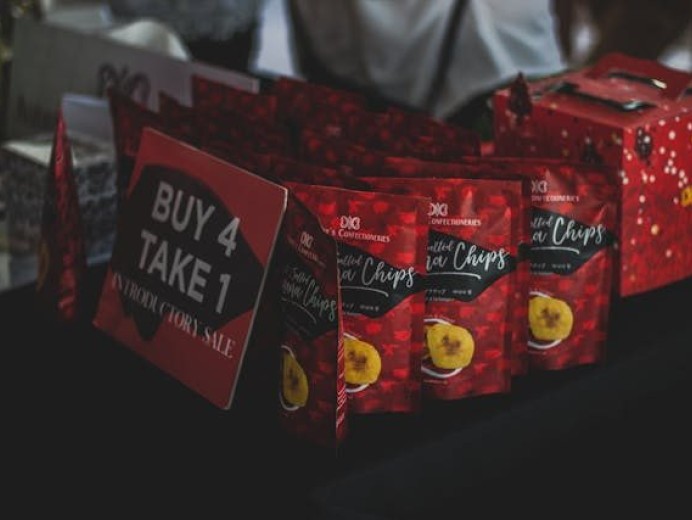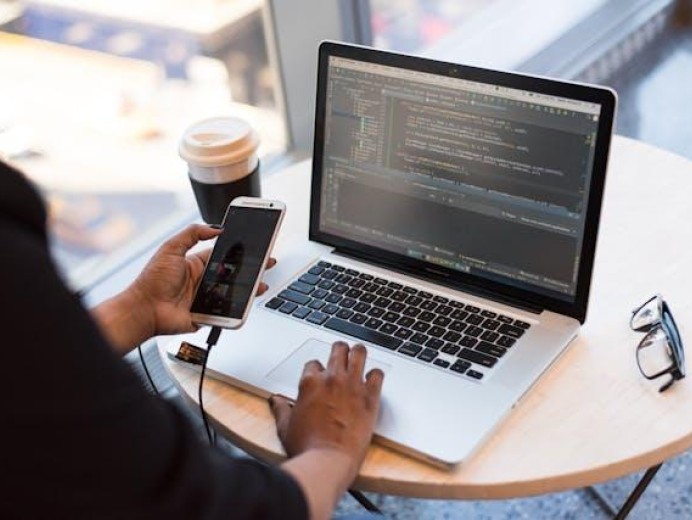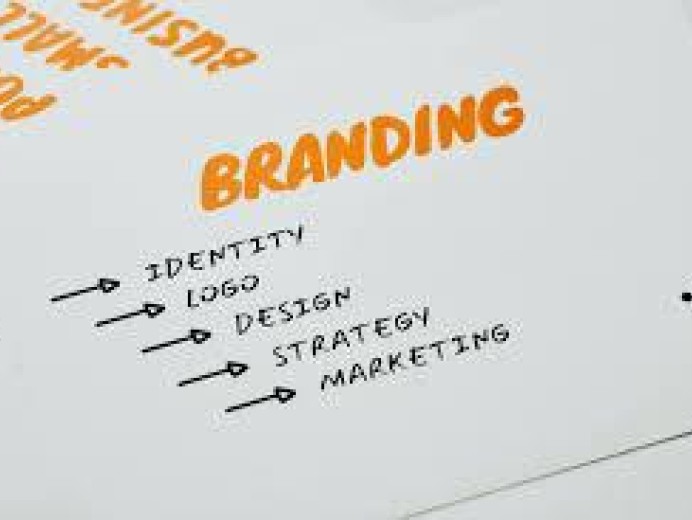A Guide to Making Creative Mood Boards That Will Inspire People
When it comes to building a unique brand identity, it can be difficult to communicate your initial ideas in a way that others can envisage. Mood boards are a great way to organise your ideas visually, creating a reference to aid brand development.
Not sure where to start? Explore our guide to making creative mood boards that will inspire people below.
What is a mood board and why do I need one?
A mood board is a collage of visual elements that represent your brand identity. Elements can include images, text, fabrics, colour swatches and patterns. When combined, they give the viewer a feel for what your brand is all about.
Creative mood boards enable you to share your vision and the attributes you want to convey in a tangible way. They’re often used as a starting point for inspiration when designing websites, marketing assets and graphics for advertising.
Physical vs digital
Mood boards are traditionally physical collages, made by piecing together magazine clippings, fabrics and photos on a foam board. Nowadays, many people opt for a digital mood board with interactive elements such as audio or video clips instead. Though not as tactile, they are more accessible for remote teams.
How to make a mood board – things to include
Images
These may be brand photos, illustrations, stock images or your own photos. If something inspires you. take a photo on your phone and note down your thoughts and feelings to refer back to.
It’s good practice to make several key images the focal point and build ideas around them, to highlight the most important aspects and create a clear theme for the board.
Colours
Colours are a vital part of branding, so the ones you use in your creative mood board should reflect your messaging. Consider the kind of vibe you want to create and what colours would appeal to your target audience. Do they prefer bold or muted colours? Warm shades are more fun, cool tones are more professional. Choose up to five.
Patterns & textures
Just like colours, patterns and textures (in physical mood boards) also provide insight into the style you’re going for. For example, you may prefer subtle stripes over loud floral patterns, or luxury silk over simple cotton.
Video & audio
From GIFs to YouTube clips, adding interactive elements to a digital mood board can really help to bring your vision to life and give others a sense of what you’re going for.
Text
Carefully chosen words, inspirational quotes and labels explaining your thought process can strengthen the messaging behind your visual elements. You should also consider the fonts you use to display text, as each one has a different connotation.
Refine your brand identity
A mood board is the first step to creating your brand identity. It conveys the essence of your business and creates a springboard for other creative projects.
At BGN, our team of Manchester-based brand consultants will work with you to build your brand identity from the ground up using visual assets that inspire you.
We’ll then use these initial ideas to bring your vision to life, developing clear branding for use throughout your website and marketing materials. Get in touch today to get started.




